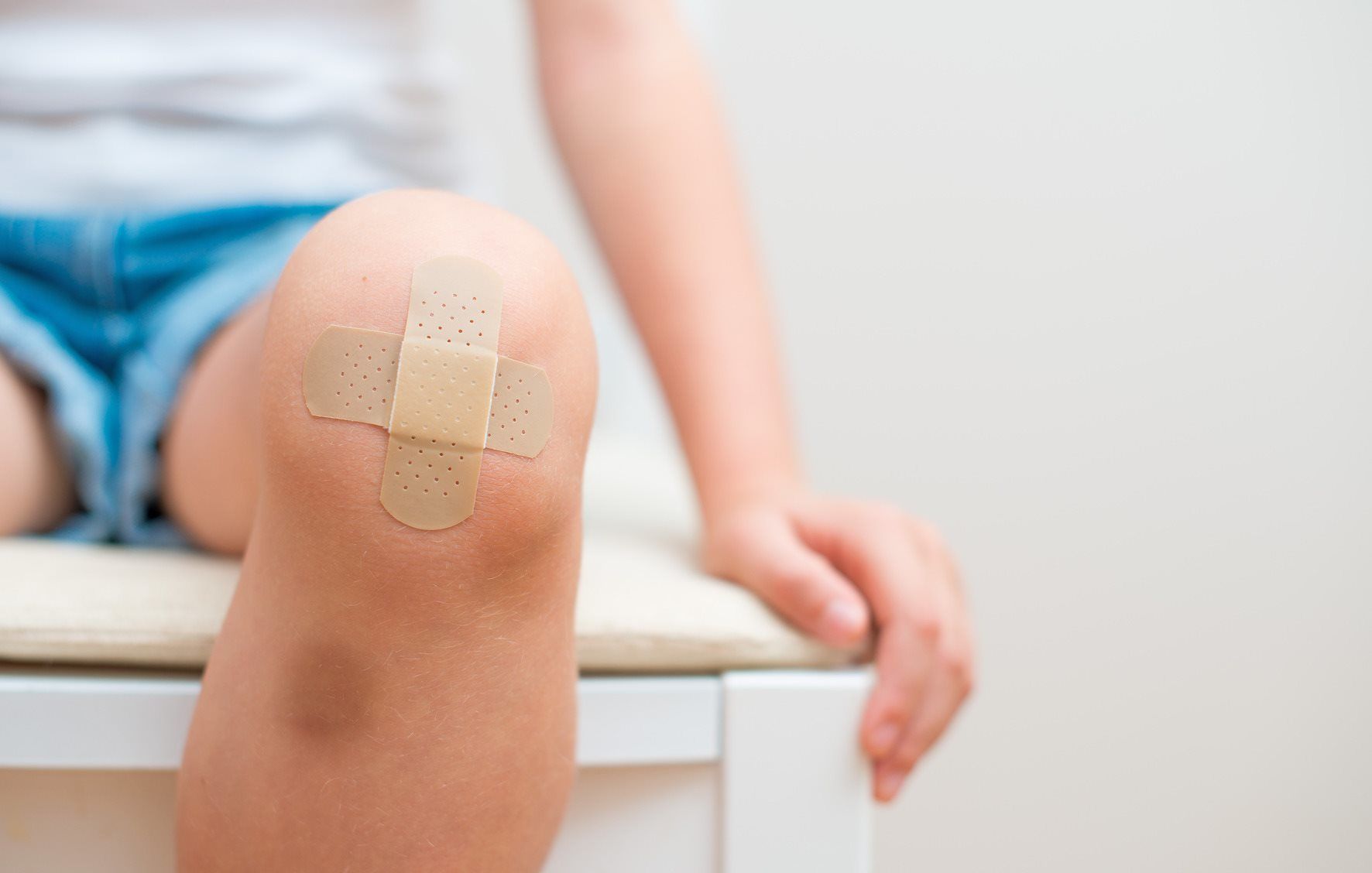
Type 2 diabetes is the most common form of diabetes that occurs in some people. Type 2 diabetes occurs when one loses the ability to respond to insulin, which results in insulin resistance. People with obesity have a higher risk of this type of diabetes. Also, unhealthy dietary habit and lifestyle can also trigger type 2 diabetes.
Over time, this lethal disease can also destroy other body organs besides the pancreas, such as heart, blood vessel, eye, kidney, and nerve. However, the most common complication that occurs in people with type 2 diabetes is an ulcer that is formed from a wound. Feet are the most common place of injury in people with diabetes. People with diabetes require a longer time to heal small wounds than normal people do.
A recent study conducted by the University of Tennessee experimented with the relationship between sleep quality and wound healing time in people with diabetes. This study used 34 mice; some of which were fat mice with type 2 diabetes and the rest were mice with normal weight without type 2 diabetes. The researchers created a surgical wound on the back of the mice to see how fast the wound could heal. Some of the mice had a regular sleep pattern, and the rest were given ‘forced' treatment to wake up several times.
The results show that the mice with type 2 diabetes with regular sleep pattern required ten days to reach 50% of the healing process, whereas the mice that were forced to wake up needed 13 days. Compared to the normal mice, they only took less than a week to heal 50% and two weeks to fully heal.
Sleep quality is known to have a great influence on one’s immune system. Poor sleep quality may weaken the immune system, which make the body is more vulnerable to infections. Therefore, better sleep quality can help accelerate the wound healing process, particularly in people with type 2 diabetes.
Text by Anggie Triana
Stock photos from Google Search Images
Source(s):
- Type 2 diabetes: Poor sleep slows wound healing (2018). https://www.medicalnewstoday.com/articles/322856.php, September 04, 2018.
- McLain, J. M., Alami, W. H., Glovak, Z. T. et all (2018). Sleep Fragmentation Delays Wound Healing in a Mouse Model of Type 2 Diabetes. SLEEP, https://doi.org/10.1093/sleep/zsy156.
- Coronado, I. E. G., Martinez, P. A. M., Moctezuma, V. J. et all(2015). The Bidirectional Relationship between Sleep and Immunity againts Infections. Journal Immunology Research, DOI: 10.1155/2015/678164.